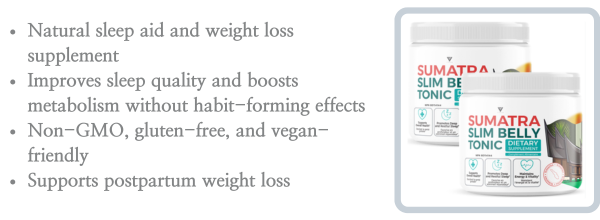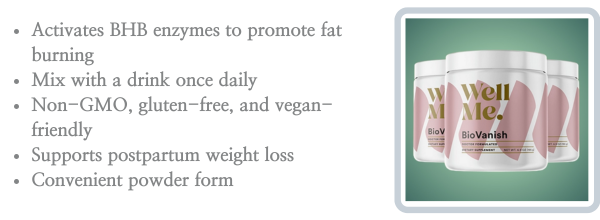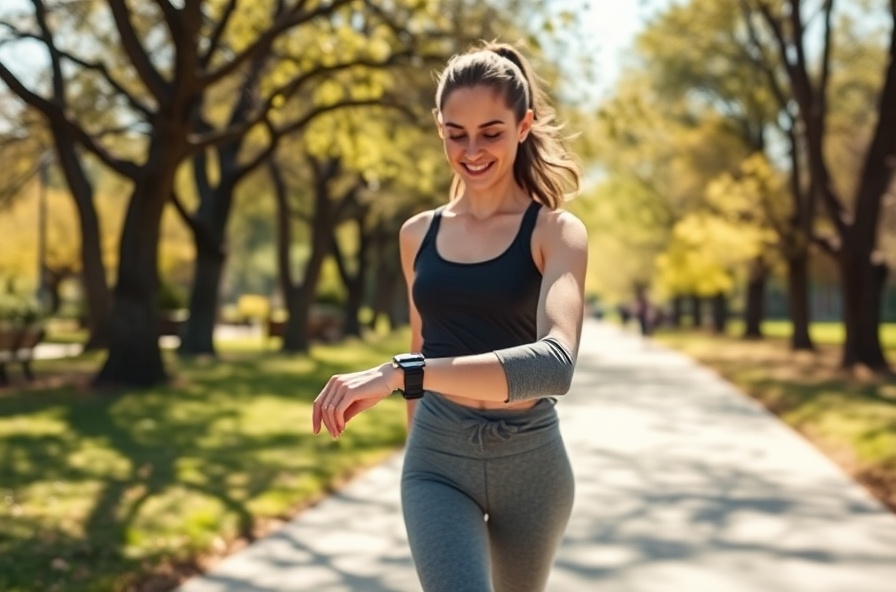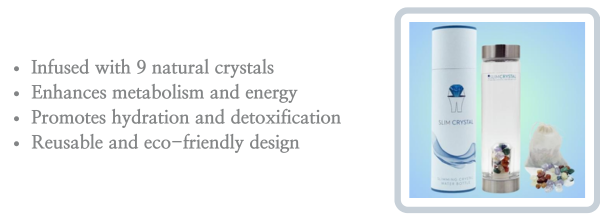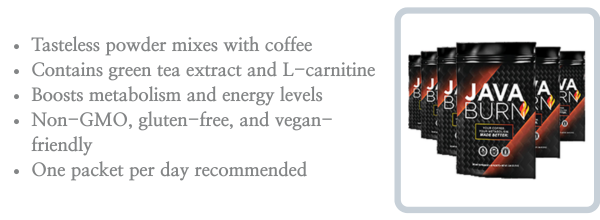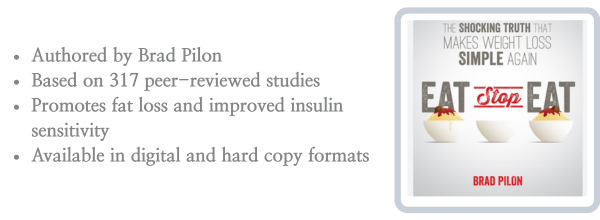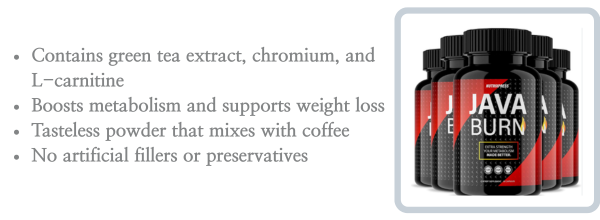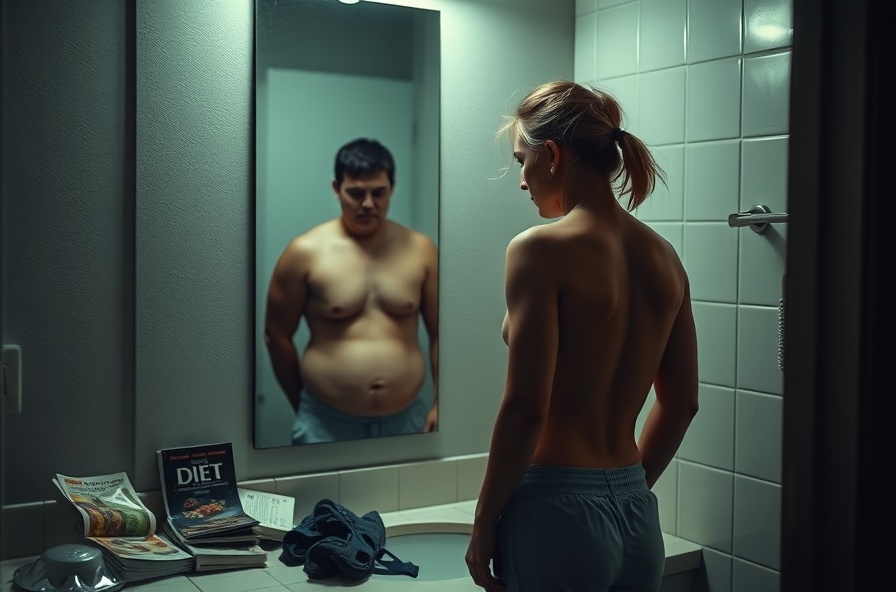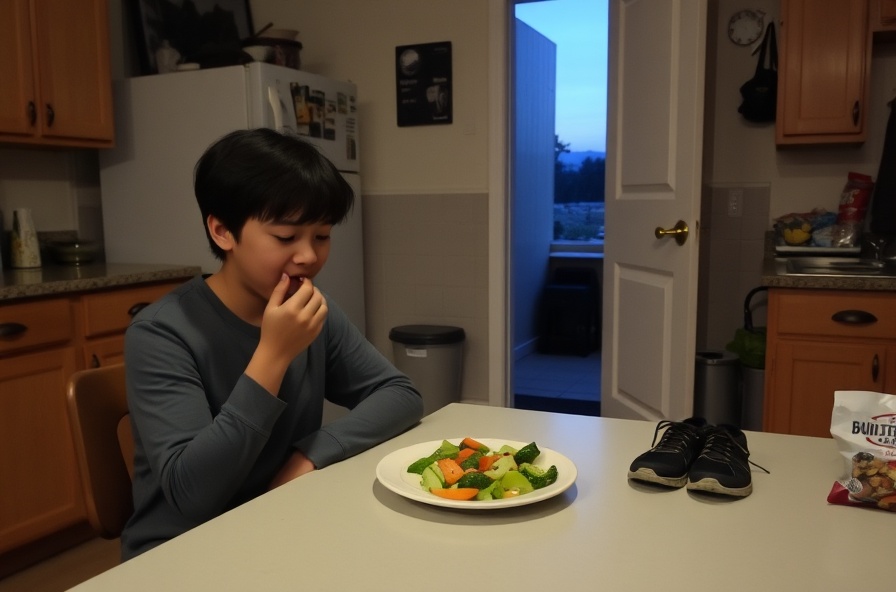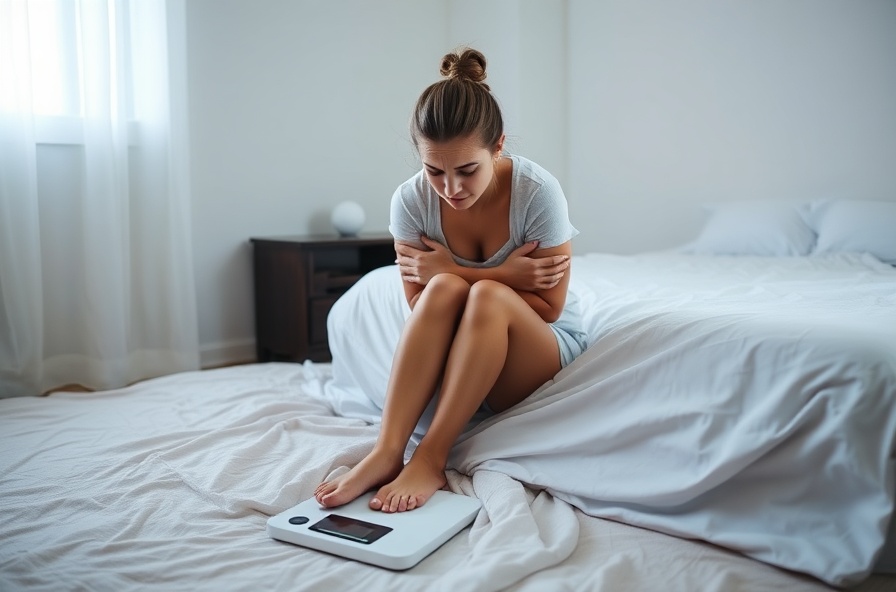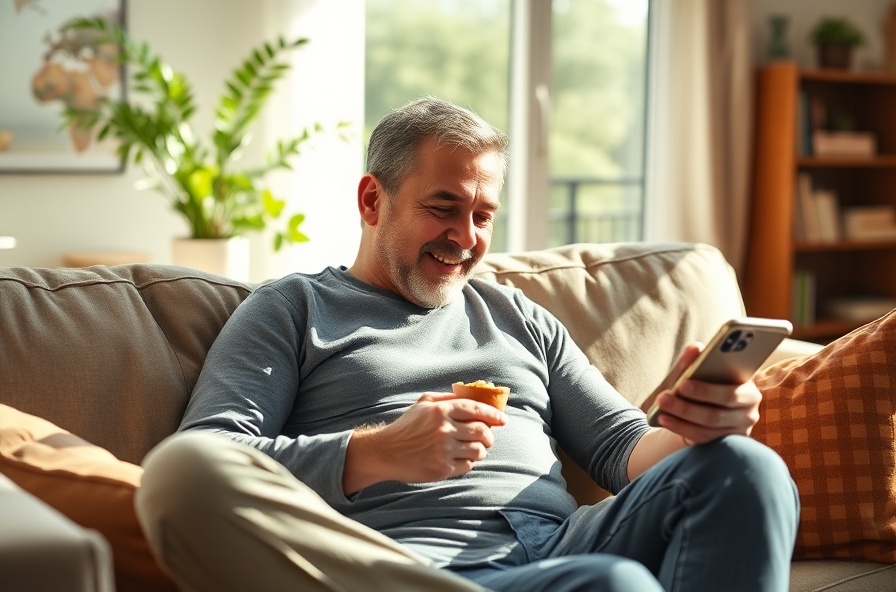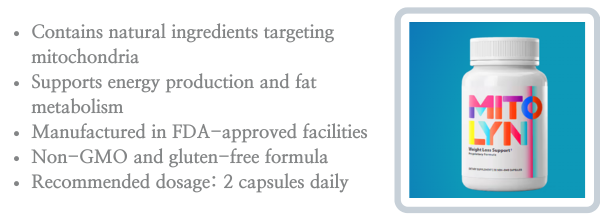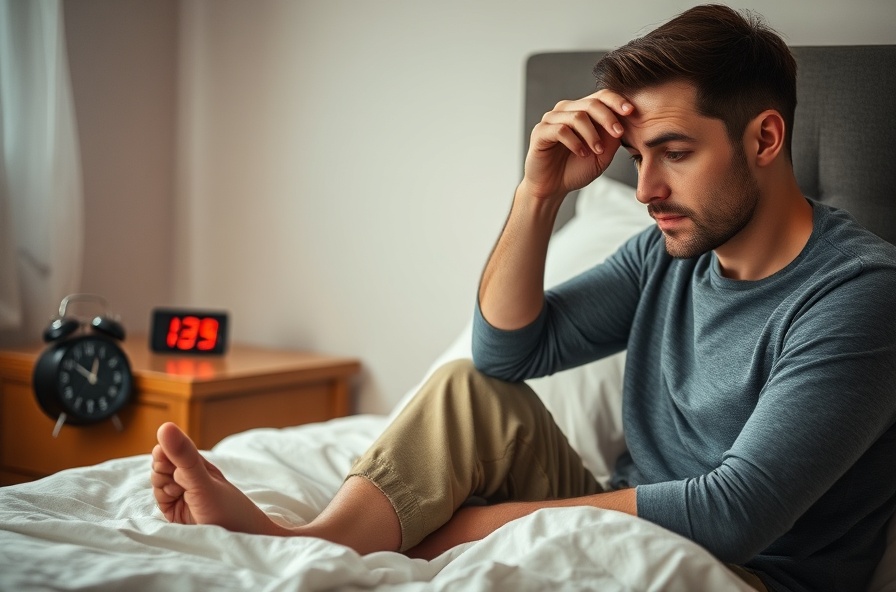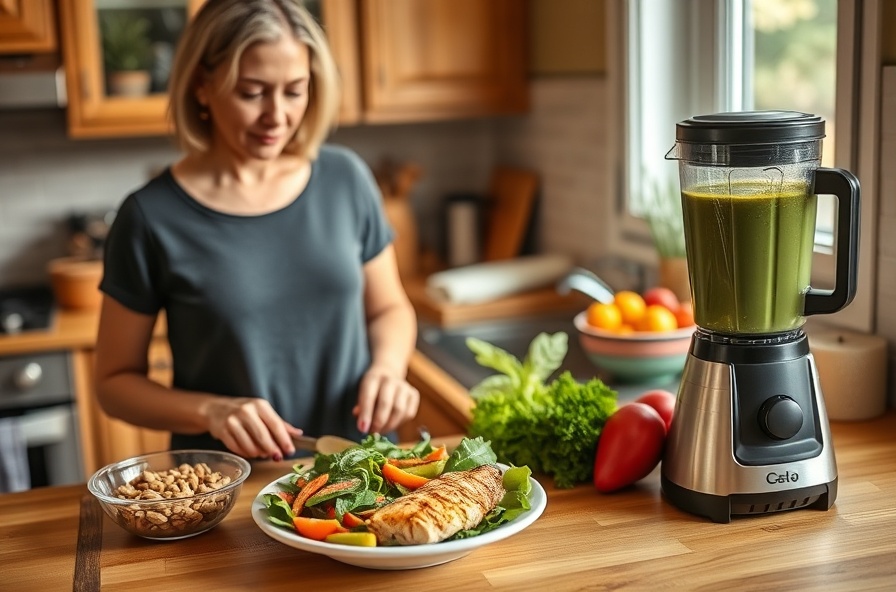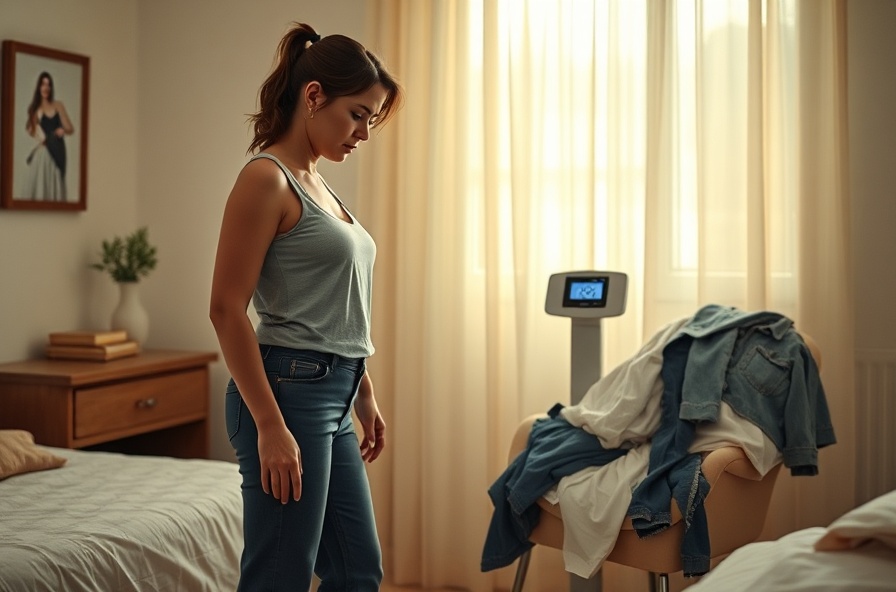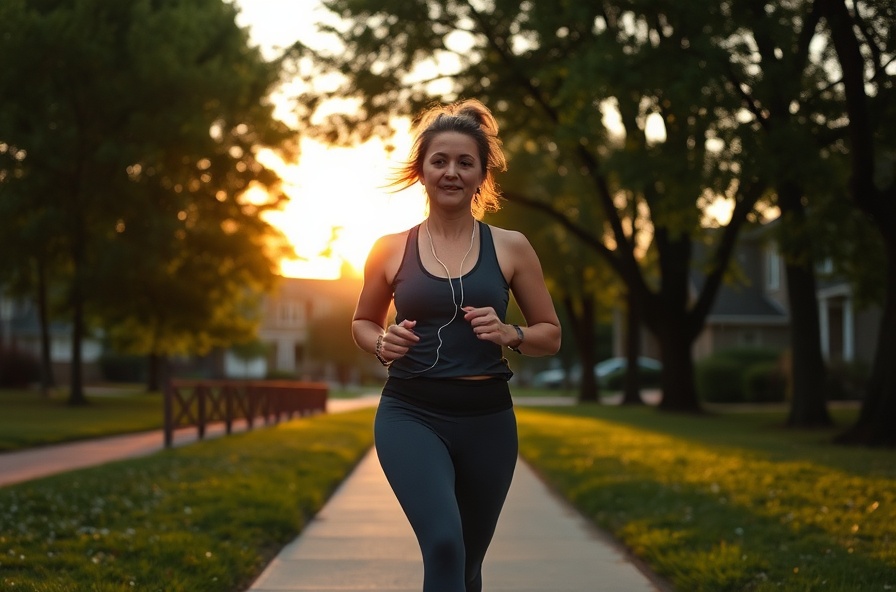
In a nutshell, this piece dives into why meal planning actually makes sticking to healthy eating a lot less daunting. If you’re tired of that familiar “what’s for dinner?” scramble (and then surrendering to another pizza delivery), you’ll probably see yourself in these stories and tips. We get into what meal planning even means, why it seems to work so well for a bunch of people, how it sometimes goes off the rails, and what you can do to make the whole process feel like it fits—rather than running your life. The vibe? If you want to eat better but can’t stand rigid rules, this is definitely your crowd. You know how everyone is always promising some new “easy” way to eat better, save money, and get your life under control? Meal planning is actually one of those rare things that kind of lives up to the hype. With just a little bit of effort up front—think, a planning session on Sunday afternoon—you can dodge a lot of those last-minute, less-than-healthy choices we all make once we’re tired and hungry. It’s not about being perfect. It’s about, honestly, making your week a little less chaotic and a lot more nutritious.

In a nutshell, this piece dives into why meal planning actually makes sticking to healthy eating a lot less daunting. If you’re tired of that familiar “what’s for dinner?” scramble (and then surrendering to another pizza delivery), you’ll probably see yourself in these stories and tips. We get into what meal planning even means, why it seems to work so well for a bunch of people, how it sometimes goes off the rails, and what you can do to make the whole process feel like it fits—rather than running your life. The vibe? If you want to eat better but can’t stand rigid rules, this is definitely your crowd.
You know how everyone is always promising some new “easy” way to eat better, save money, and get your life under control? Meal planning is actually one of those rare things that kind of lives up to the hype. With just a little bit of effort up front—think, a planning session on Sunday afternoon—you can dodge a lot of those last-minute, less-than-healthy choices we all make once we’re tired and hungry. It’s not about being perfect. It’s about, honestly, making your week a little less chaotic and a lot more nutritious.
There’s that almost universal moment: standing by the fridge—door wide open, feet cold, mind totally blank—because, yet again, dinner wasn’t exactly “figured out.” I fall for it all the time, especially after long days when the couch looks so much more inviting than the stove. These are the times when meal planning suddenly sounds less like a chore and more like a rescue operation.
But what does meal planning really look like? Some people picture fancy digital calendars and rainbow sticky notes. A lot of folks, though, just jot down a rough list of dinner ideas and call it good. The vibe isn’t “control-freak meal police;” it’s just giving yourself fewer obstacles to making a healthy choice when you’re hungry, tired, and slightly annoyed by life.
People end up meal planning for so many reasons. Saving money is a big one—it’s amazing how quickly those impulse “treats” at the grocery store add up. Others hope it’ll help them actually cook the vegetables they buy (instead of composting them, let’s be honest). For some, it’s sports and nutrition goals; for most, it’s wanting to avoid feeling like a pinball bouncing between “What’s for dinner?” and “Whatever, let’s order Thai.” Can’t blame anyone for that.

Healthy eating isn’t about having a flawlessly organized calendar (at least, not for most of us). It’s about little systems that help you feel in control—sometimes just barely, but still. Even if you try planning out a handful of meals and it goes sideways, you’re still better off than winging it 24/7. Take what works, ignore what doesn’t, and trust that progress usually beats perfection.
Sources
- Healthy meals start with planning – Mayo Clinic
- News – Sustaining Success: How to Stay Consistent with Your Diet
- Meal Planning 101: How to Eat Healthy and Save Time and Money
Today’s related searches: how to batch cook healthy meals, easy weekly meal prep ideas, meal planning for busy families, prepping vegetables for dinners, freezer meal prep for beginners
[intro_box]

